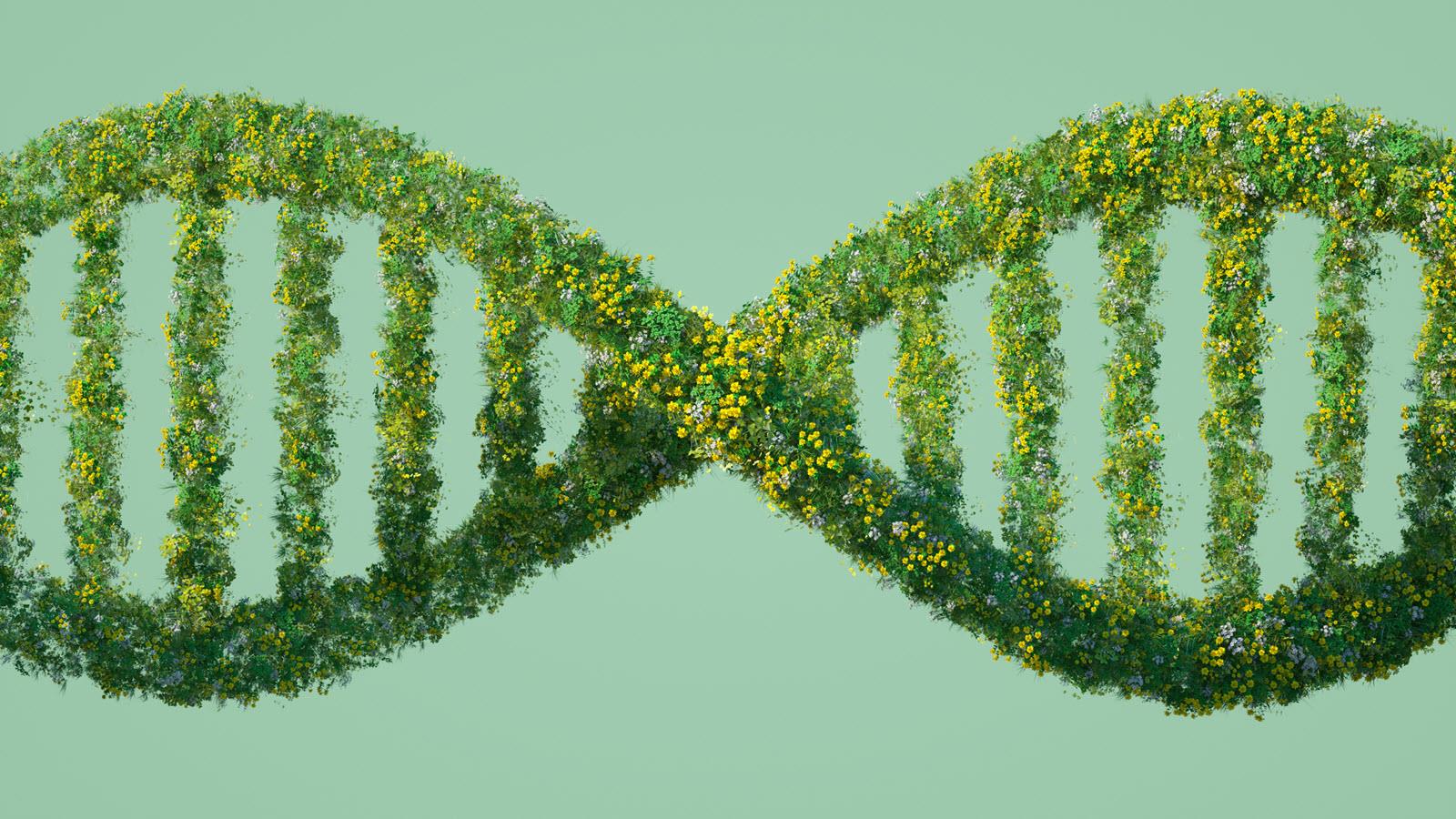The word “biologics” offers a clue that hints at its meaning.
Biology is the study of life and biologics are medicines and therapeutic compounds derived from living organisms. Blood components, insulin and statins used to treat high cholesterol are all considered biologics. Medicines such as monoclonal antibodies and cell or gene therapy are made in a lab and also qualify as biologics. The U.S. Food and Drug Administration recently accepted CSL Behring’s Biologics License Application (BLA) for priority review of a potential new treatment for hemophilia B.
Get five fast facts that help explain what biologics are:
- The first biosynthetic version of insulin, approved by the FDA in 1982, used Escherichia coli bacteria that had been modified to produce a version of human insulin. It was a breakthrough for biologics because it showed that biologic medicines could be produced on an industrial scale.
- The opposite of a biologic would be a compound that’s inorganic – or not alive. Many pharmaceutical drugs are synthesized from chemical compounds in labs, and the process doesn’t involve living cells or tissues. The U.S. Food and Drug Administration describes biologics this way: “In contrast to most drugs that are chemically synthesized and their structure is known, most biologics are complex mixtures that are not easily identified or characterized.”
- According to the World Health Organization, here’s what makes “biologicals” different from other medicines: “These are generally proteins purified from living culture systems or from blood, whereas other medicines are considered as ‘small molecules’ and are either made synthetically or purified from plants.”
- For biologics, "the product is the process," says industry group, BIO. The finished product cannot be fully characterized in the laboratory, so manufacturing processes must remain the same to ensure consistency, quality and purity.
- CSL Behring recently partnered with the Walter and Eliza Institute for Medical Research (WEHI) in Australia to establish the Centre for Biologic Therapies. The new Centre will pair CSL Behring’s human antibody library and decades of biologics experience with WEHI’s expertise in immunology, cancer, inflammatory disorders and infectious diseases to accelerate research into new biologic compounds. The goal is to speed-up the process of developing high quality therapeutic antibodies that tackle new disease targets and that are ready for clinical trials.



